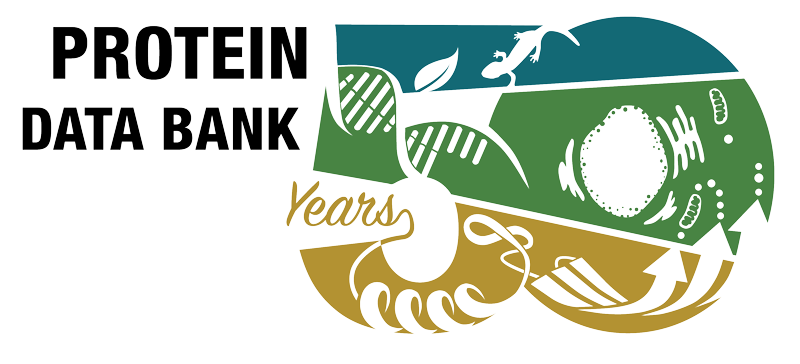Reviews - 1fo7 mentioned but not cited (2)
- A structural overview of the vertebrate prion proteins. Pastore A, Zagari A. Prion 1 185-197 (2007)
- Probing early misfolding events in prion protein mutants by NMR spectroscopy. Giachin G, Biljan I, Ilc G, Plavec J, Legname G. Molecules 18 9451-9476 (2013)
Articles - 1fo7 mentioned but not cited (7)
Reviews citing this publication (19)
- Peptide aggregation in neurodegenerative disease. Murphy RM. Annu Rev Biomed Eng 4 155-174 (2002)
- Genetic Creutzfeldt-Jakob disease and fatal familial insomnia: insights into phenotypic variability and disease pathogenesis. Capellari S, Strammiello R, Saverioni D, Kretzschmar H, Parchi P. Acta Neuropathol 121 21-37 (2011)
- Characterization of mutations in PRNP (prion) gene and their possible roles in neurodegenerative diseases. Bagyinszky E, Giau VV, Youn YC, An SSA, Kim S. Neuropsychiatr Dis Treat 14 2067-2085 (2018)
- The consequences of pathogenic mutations to the human prion protein. van der Kamp MW, Daggett V. Protein Eng Des Sel 22 461-468 (2009)
- Prion protein misfolding, strains, and neurotoxicity: an update from studies on Mammalian prions. Poggiolini I, Saverioni D, Parchi P. Int J Cell Biol 2013 910314 (2013)
- The prion gene complex encoding PrP(C) and Doppel: insights from mutational analysis. Mastrangelo P, Westaway D. Gene 275 1-18 (2001)
- Role of prion protein aggregation in neurotoxicity. Corsaro A, Thellung S, Villa V, Nizzari M, Florio T, Florio T. Int J Mol Sci 13 8648-8669 (2012)
- Folding aggregated proteins into functionally active forms. Swietnicki W. Curr Opin Biotechnol 17 367-372 (2006)
- Experimental approaches to the interaction of the prion protein with nucleic acids and glycosaminoglycans: Modulators of the pathogenic conversion. Silva JL, Vieira TC, Gomes MP, Rangel LP, Scapin SM, Cordeiro Y. Methods 53 306-317 (2011)
- Similar and divergent features in mammalian and yeast prions. Bousset L, Melki R. Microbes Infect 4 461-469 (2002)
- Conformational conversion of prion protein in prion diseases. Zhou Z, Xiao G. Acta Biochim Biophys Sin (Shanghai) 45 465-476 (2013)
- Subcellular distribution of the prion protein in sickness and in health. Godsave SF, Peters PJ, Wille H. Virus Res 207 136-145 (2015)
- Structural mechanisms of oligomer and amyloid fibril formation by the prion protein. Sengupta I, Udgaonkar JB. Chem Commun (Camb) 54 6230-6242 (2018)
- Methionine oxidation within the prion protein. Bettinger J, Ghaemmaghami S. Prion 14 193-205 (2020)
- Cerebral organoids as a new model for prion disease. Groveman BR, Smith A, Williams K, Haigh CL. PLoS Pathog 17 e1009747 (2021)
- Early structural features in mammalian prion conformation conversion. Legname G. Prion 6 37-39 (2012)
- Prion protein-Semisynthetic prion protein (PrP) variants with posttranslational modifications. Hackl S, Becker CFW. J Pept Sci 25 e3216 (2019)
- Molecular advances in understanding inherited prion diseases. Brown DR. Mol Neurobiol 25 287-302 (2002)
- Three-dimensional structures of the prion protein and its doppel. Riek R, Lührs T. Clin Lab Med 23 209-225 (2003)



 PMID:
PMID: 